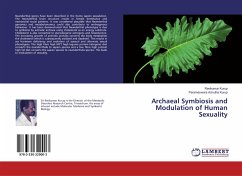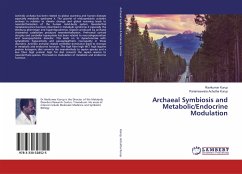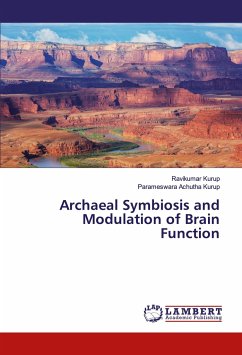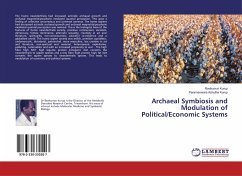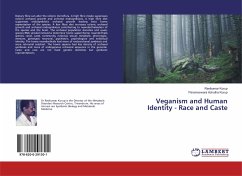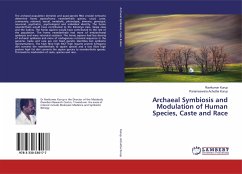
Archaeal Symbiosis and Modulation of Human Species, Caste and Race
Versandkostenfrei!
Versandfertig in 6-10 Tagen
41,99 €
inkl. MwSt.

PAYBACK Punkte
21 °P sammeln!
The archaeal population densities and quasi-species RNA viroidal networks determine homo sapien/homo neanderthalis species, racial, caste, community, national, sexual, metabolic, phenotypic, immune, genotypic neuronal, psychiatric, psychological and individual identity. The homo neanderthalis would have contributed to the Kshatriya class, Vaisya class and the Sudras. The homo sapiens would have contributed to the rest of the population. The homo neanderthalis had more of endoarchaeal symbiosis and were retroviral resistant. The homo sapiens had less density of archaeal symbiosis and more of en...
The archaeal population densities and quasi-species RNA viroidal networks determine homo sapien/homo neanderthalis species, racial, caste, community, national, sexual, metabolic, phenotypic, immune, genotypic neuronal, psychiatric, psychological and individual identity. The homo neanderthalis would have contributed to the Kshatriya class, Vaisya class and the Sudras. The homo sapiens would have contributed to the rest of the population. The homo neanderthalis had more of endoarchaeal symbiosis and were retroviral resistant. The homo sapiens had less density of archaeal symbiosis and more of endogenous retroviral sequence in the genome. Caste and race are not fixed genetic identities but symbiotic representations. The high fibre high MCT high legume protein ketogenic diet converts the neanderthalis to sapien species and a low fibre high protein high fat diet converts the sapien species to neanderthalis species. This leads to modulation of caste, species and race.



